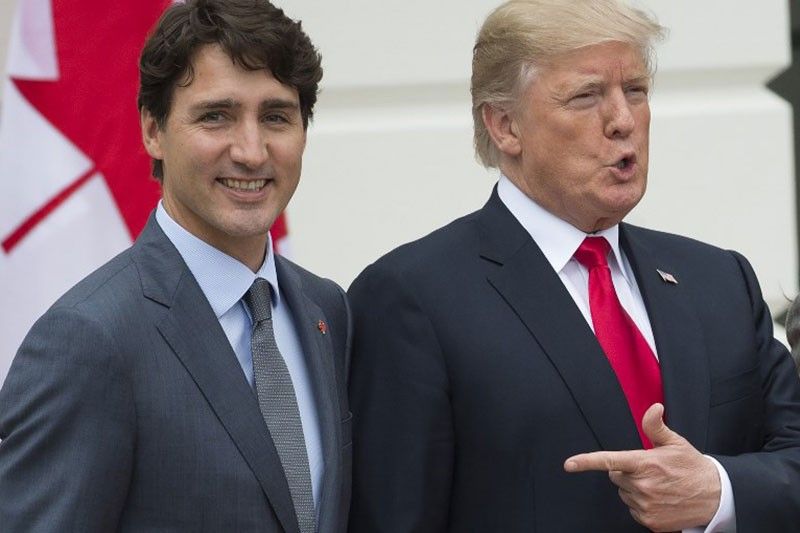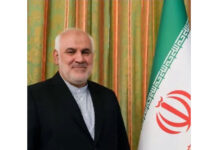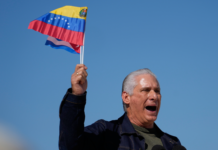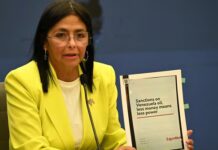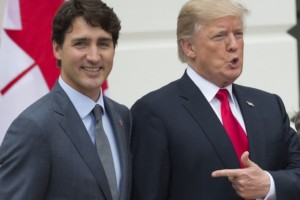
WASHINGTON: A deal on an overhaul of the North American Free Trade Agreement appears to be within reach, as Canada and the United States was set to continue negotiations have aimed at getting the pact done by the end of the week. The two sides will resume their talks with a face-to-face between Canada’s Foreign Minister Chrystia Freeland and US Trade Representative Robert Lighthizer as they seek a breakthrough.
Despite US President Donald Trump’s threats to leave Canada on the sidelines after announcing a breakthrough with Mexico on Monday, Trump and Canadian Prime Minister Justin Trudeau expressed optimism a deal was close. The White House plans to notify Congress tomorrow of its intention to enter into a new free trade agreement, to provide the required 90 days’ notice that would allow NAFTA 2.0 to be signed by December 1, when Mexico will install a new president.
But that will mean compromises on both sides on issues that have created friction between the neighboring countries, notably Canada’s dairy trade rules and mechanisms to settle disputes, as the leaders each try to claim victory. “I think they’re going really well,” Trump said of the Canada talks, which are “probably on track” to meet the deadline.
“I think Canada very much wants to make the deal,” he said, but again raised the possibility of doing a separate deal with Mexico. The crucial phase of talks began continuing late into the night, and Trudeau expressed optimism the countries could reach agreement by the end of the week.
“There is a possibility of getting to a good deal for Canada by Friday,” Trudeau said. But “no NAFTA deal is better than a bad NAFTA deal.” Mexico paved the way by agreeing to a NAFTA 2.0 with the United States on Monday. “Our officials are meeting now, and we’ll be meeting until very late in the night,” Canada’s Foreign Minister Chrystia Freeland told reporters.
“We have agreed at the ministerial level, we will reconvene to review the work of official’s overnight tomorrow morning.” But she declined to comment on the state of the talks, saying: “Given the extreme intensity and the very fast pace of this conversation, we are not going to conduct our negotiation in public.” If the White House notifies Congress by tomorrow, it then would have until September 30 to submit the final NAFTA agreement. The sticking points between Ottawa and Washington likely will center on Canada’s managed dairy market and how to handle some disputes among NAFTA partners.
Negotiators have worked for a year to update and rewrite the 25-year-old free trade pact. But in the last five weeks, Washington and Mexico City held talks to resolve their bilateral issues, especially on the auto industry rules, without Ottawa.
While critics said Canada had been frozen out, Freeland has repeatedly stressed that she remained in close touch with her US and Mexican counterparts throughout the summer and had already achieved “a high-level agreement with the US” on some the pending issues on autos and labor rights.
She also has met this week with her Mexican counterparts, who remained in Washington after announcing the breakthrough with the United States. Freeland praised Mexico’s willingness to make difficult concessions on auto trade and labor issues, which helped pave the way for a three-party agreement.
The “significant compromises that Mexico was prepared to make to support Canadian workers …set the stage for very intensive conversations” to conclude NAFTA. The new NAFTA includes a higher percentage of locally-produced components in autos, a requirement that a percentage of vehicles must come from high wage factories, tougher worker protections and a provision to review the 16-year deal every six years.
Trudeau vowed not to give in to Washington’s demands to alter the system under which Ottawa sets dairy production quotas and prices, with steep tariffs on imports. But Ottawa could offer US dairy farmers a small increase in market share as it did with the EU in a free trade pact last year, in exchange for US concessions on the NAFTA chapter on dispute resolution. PTI

